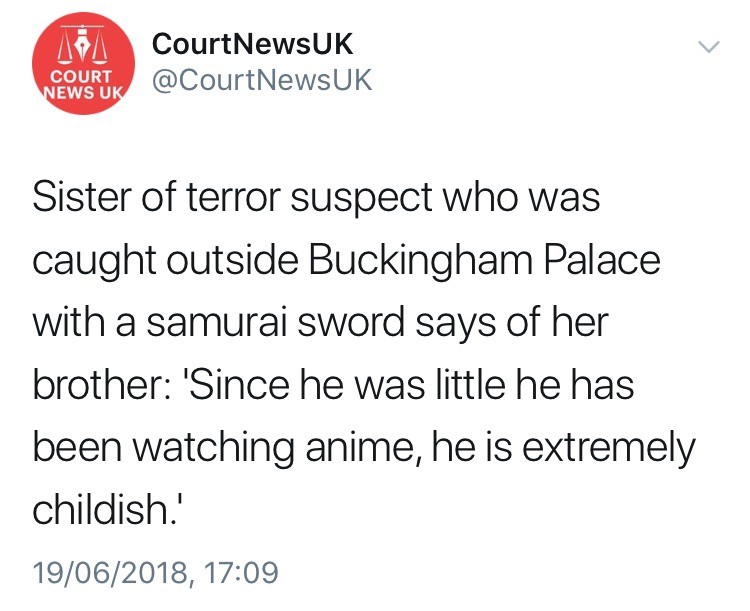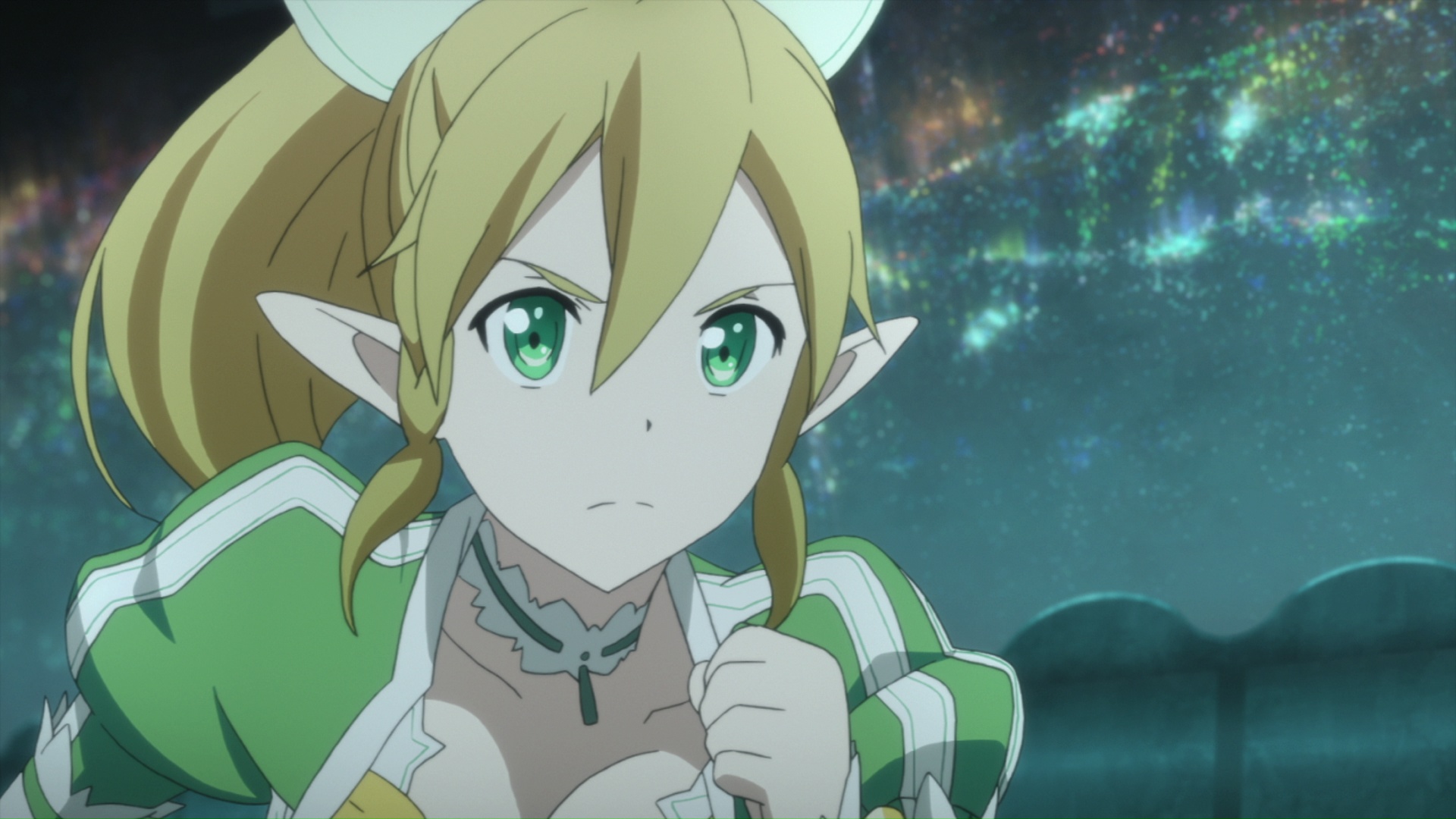
What anime really is?
Five Anime I REally Want to Re-watch
- Toradora! “Toradora” is one that I have already started on again and, if I am being completely honest, I am not exactly sure why.
- Log Horizon. On the other hand, “Log Horizon” is a series that I have been meaning to re-visit for a long time now, as it is one of my favorite ...
- The Toaru Series. ...
- Psycho-Pass. ...
- Re:Creators. ...
What is considered an anime?
- Space Battleship Yamato 2199
- Gundam: War In The Pocket
- Showa Genroku Rakugo Shinjuu
- Macross: Do You Remember Love?
Why is anime so popular in Japan?
So now you know why animated characters are so popular in Japan. They express feelings and vent frustrations that the typically reserved, often overworked Japanese can’t, and they’re fun escapes from the everyday grind. So while they look cute on the surface, these cartoon characters are really quite complex and transcend geographic boundaries.
What is the most common anime?
You’ll see it a lot in anime that are:
- Comedy.
- Romance.
- Slice of Life.
- Parody.

What does anime literally mean?
Literally, anime means animation and is synonymous with cartoons.
What is the full meaning of anime?
: a style of animation originating in Japan that is characterized by stark colorful graphics depicting vibrant characters in action-filled plots often with fantastic or futuristic themes.
Does anime mean cartoon?
Anime refers to a specific style of cartoon produced or inspired by Japanese animation. Think of it this way: all anime shows are cartoons, but not all cartoons are anime. The art style associated with anime is very unique and recognizable.
Where does anime mean?
ANIME means "Japanese Animation." ANIME is a style of animated shows or movies originating from Japan. The term ANIME is derived from the English word "animation." ANIME characters are typically drawn in exotic colors and with disproportionately large eyes and hairstyles.
Why is anime called anime?
The dispute typically begins here: the word “anime” (shortened from “animēshon“) is the Japanese pronunciation of the word “animation.” In Japan, the word is often used as a blanket term for all animated content no matter where it's from.
Is SpongeBob an anime?
There are even multiple characters from the original series that appear in their anime iteration. However, while the internet loved it, the SpongeBob SquarePants anime series was short-lived.
Is anime a Japanese word?
The English word "animation" is written in Japanese katakana as アニメーション (animēshon) and as アニメ (anime, pronounced [a.ɲi.me] ( listen)) in its shortened form.
Is anime Japanese or Korean?
I have seen some Korean Anime Movie too, which i thought was very good, and that one was a mecha anime though.. I dont think Koreans have that much anime either way, since anime did originate from Japan so we would have to most different variety of them..
Is anime a French word?
Origin and usage Anime is a recent word that became popular in the 1970s and 1980s. It likely comes from the French word 'animé' which means 'animated, lively'. The word anime shares its origin with the English word 'animate', which has Latin origins.
What is an anime girl called?
What does waifu mean? Waifu is a term for a fictional character, usually in anime or related media, that someone has great, and sometimes romantic, affection for.
Who created anime?
The history of anime can be traced back to the start of the 20th century, with the earliest verifiable films dating from 1917. The first generation of animators in the late 1910s included Ōten Shimokawa, Jun'ichi Kōuchi and Seitaro Kitayama, commonly referred to as the "fathers" of anime.
Does anime mean soul?
From Latin anima (“breath, soul”) (cf.
What is anime in the US?
English-language dictionaries typically define anime ( US: / ˈænəmeɪ /, UK: / ˈænɪmeɪ /) as "a style of Japanese animation" or as "a style of animation originating in Japan". Other definitions are based on origin, making production in Japan a requisite for a work to be considered "anime".
How much does an anime episode cost?
An anime episode can cost between US$100,000 and US$300,000 to produce. In 2001, animation accounted for 7% of the Japanese film market, above the 4.6% market share for live-action works. The popularity and success of anime is seen through the profitability of the DVD market, contributing nearly 70% of total sales.
What is anime in English?
However, outside of Japan and in English, anime is colloquial for Japanese animation and refers specifically to animation produced in Japan. Animation produced outside of Japan with similar style to Japanese animation is referred to as anime-influenced animation . The earliest commercial Japanese animations date to 1917.
What is 2.5D musical?
2.5D musical. Anime and manga portal. v. t. e. Anime ( Japanese: アニメ, IPA: [aɲime] ( listen)) is hand-drawn and computer animation originating from Japan. In Japan and in Japanese, anime (a term derived from the English word animation) describes all animated works, regardless of style or origin.
How does anime differ from other forms of animation?
Anime artists employ many distinct visual styles. Anime differs greatly from other forms of animation by its diverse art styles, methods of animation, its production, and its process. Visually, anime works exhibit a wide variety of art styles, differing between creators, artists, and studios.
What is anime in Japanese?
Anime. Not to be confused with Amine. Anime ( Japanese: アニメ, IPA: [aɲime] ( listen)) is hand-drawn and computer animation originating from Japan. In Japan and in Japanese, anime (a term derived from the English word animation) describes all animated works, regardless of style or origin.
What was the first anime?
Three Tales (1960) was the first anime film broadcast on television; the first anime television series was Instant History (1961–64). An early and influential success was Astro Boy (1963–66), a television series directed by Tezuka based on his manga of the same name. Many animators at Tezuka's Mushi Production later established major anime studios (including Madhouse, Sunrise, and Pierrot ).
What is anime in Japanese?
Anime includes animated television series, short films and full-length feature films. The word is the abbreviated pronunciation of "animation" in Japanese. In English, the term is defined as a Japanese-disseminated animation style often characterized by colorful graphics, vibrant characters and fantastic themes.
What is anime style?
Etymology: From アニメ, an abbreviation of アニメーション, from animation. anime noun. An animated work originated in Japan, regardless of the artistic style.
What does "anime" mean in the military?
Military Dictionary and Gazetteer (0.00 / 0 votes) Rate this definition: anime. (Fr.). A sort of ancient cuirass, also called brigandine; was used in Italy until the 17th century, under the name of anima, or animetta. animé.
When did Japanese animation start?
While the earliest known Japanese animation dates to 1917, and many original Japanese animations were produced in the ensuing decades, the characteristic anime style developed in the 1960s—notably with the work of Osamu Tezuka—and became known outside Japan in the 1980s.
Where did anime originate?
An animated work originated in Japan , regardless of the artistic style. Etymology: From アニメ, an abbreviation of アニメーション, from animation. anime noun. An animated work in anime style, regardless of the country of origin. Etymology: From アニメ, an abbreviation of アニメーション, from animation.
What does Anime mean?
A term for any animation, hand or computer drawn, originating from Japan. Derived from the English word "animation", it has many common styles and tropes, but the term refers to any animation.
Other definitions of Anime
Animation works produced in the country of Japan — has many common visual styles and characteristics, but the term encompasses any work produced.

Overview
Anime is hand-drawn and computer-generated animation originating from Japan. Outside of Japan and in English, anime refers to Japanese animation, and refers specifically to animation produced in Japan. However, in Japan and in Japanese, anime (a term derived from a shortening of the English word animation) describes all animated works, regardless of style or origin. Animation produced outside of Japan with similar style to Japanese animation is commonly referred to as anime …
Etymology
As a type of animation, anime is an art form that comprises many genres found in other mediums; it is sometimes mistakenly classified as a genre itself. In Japanese, the term anime is used to refer to all animated works, regardless of style or origin. English-language dictionaries typically define anime (/ˈænɪmeɪ/) as "a style of Japanese animation" or as "a style of animation originating in Japan". Other definitions are based on origin, making production in Japan a requisite for a wor…
History
Emakimono and kagee are considered precursors of Japanese animation. Emakimono was common in the eleventh century. Traveling storytellers narrated legends and anecdotes while the emakimono was unrolled from the right to left with chronological order, as a moving panorama. Kagee was popular during the Edo period and originated from the shadows play of China. Magic la…
Attributes
Anime differs greatly from other forms of animation by its diverse art styles, methods of animation, its production, and its process. Visually, anime works exhibit a wide variety of art styles, differing between creators, artists, and studios. While no single art style predominates anime as a whole, they do share some similar attributes in terms of animation technique and character design.
Industry
The animation industry consists of more than 430 production companies with some of the major studios including Toei Animation, Gainax, Madhouse, Gonzo, Sunrise, Bones, TMS Entertainment, Nippon Animation, P.A.Works, Studio Pierrot and Studio Ghibli. Many of the studios are organized into a trade association, The Association of Japanese Animations. There is also a labor union for workers i…
Globalization and cultural impact
Anime has become commercially profitable in Western countries, as demonstrated by early commercially successful Western adaptations of anime, such as Astro Boy and Speed Racer. Early American adaptions in the 1960s made Japan expand into the continental European market, first with productions aimed at European and Japanese children, such as Heidi, Vicky the Viking and B…
See also
• Animation director
• Chinese animation
• Cinema of Japan
• Cool Japan
• Culture of Japan
External links
• Anime at Curlie
• Anime and manga in Japan travel guide from Wikivoyage
Popular Posts:
- 1. why doesn't vrv have dubbed anime
- 2. did john k watch anime
- 3. does crunchyroll have every anime
- 4. a kiss from death: anime otome virtual boyfriend
- 5. how do anime artists draw
- 6. will more hunter x hunter anime continue
- 7. what do i look like in anime quiz
- 8. what are good websites to watch anime
- 9. how to draw long flowing anime hair
- 10. a anime boy name